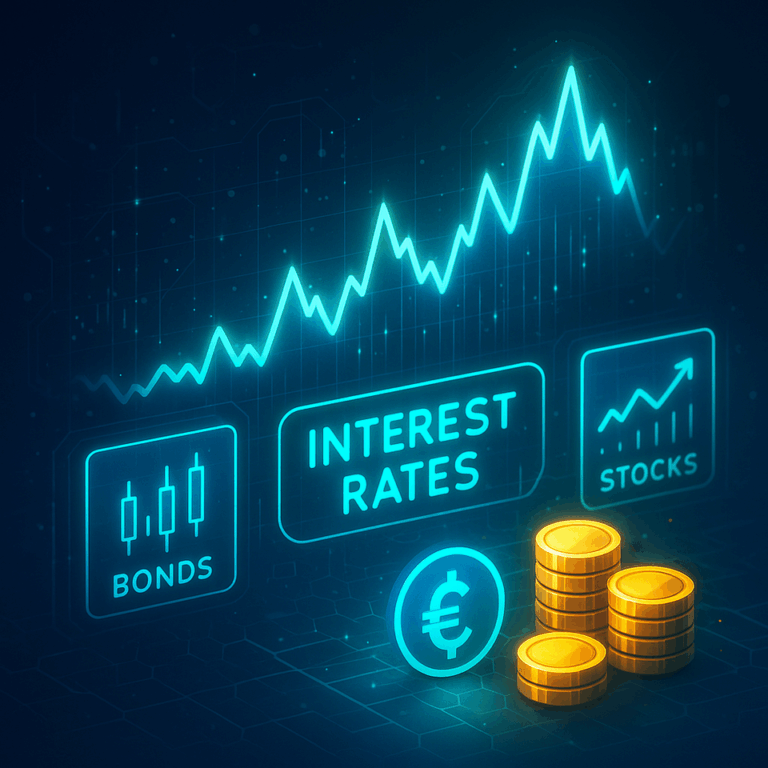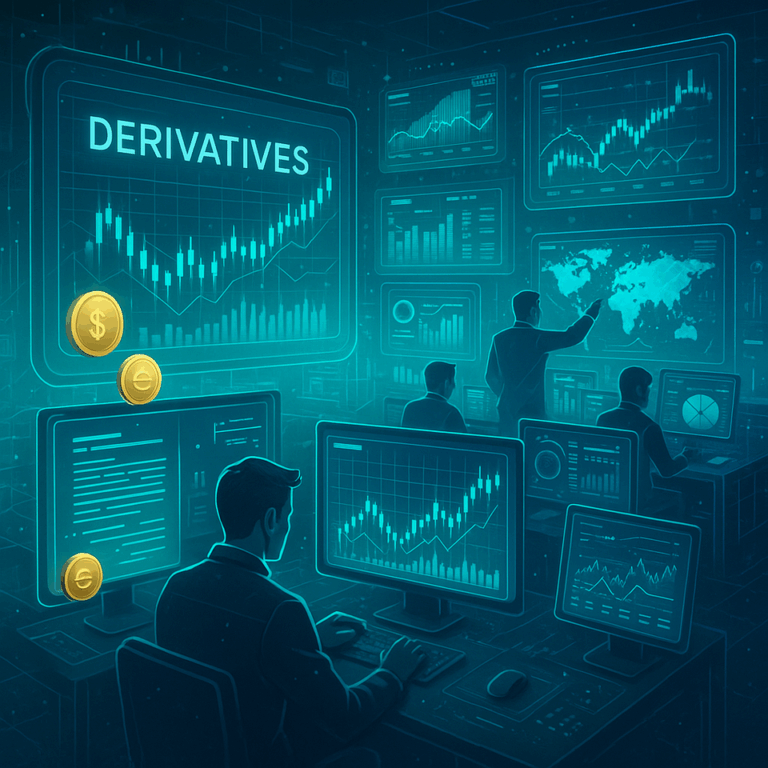As of 2022, blockchain technology has become one of the most transformative innovations in the financial industry and beyond. Initially developed as the backbone of cryptocurrencies, blockchain has expanded into diverse areas such as banking, insurance, healthcare, logistics, and even government services. Its ability to provide transparency, security, and efficiency has made it a central topic in discussions about the future of finance and digital transactions. For investors, businesses, and policymakers, understanding blockchain is essential to navigating the rapidly evolving digital economy.
What Is Blockchain Technology
Blockchain is a decentralized digital ledger that records transactions across a network of computers. Unlike traditional databases managed by a single authority, blockchain is distributed, meaning that each participant in the network holds a copy of the ledger. Every transaction is grouped into a block, and once verified, it is added to the chain of previous transactions. This structure makes blockchain nearly tamper-proof, as altering one block would require changing all subsequent blocks across the entire network.
Key Features of Blockchain
Several features make blockchain unique compared to traditional systems. Transparency ensures that all participants can view transactions, creating accountability. Security is reinforced through cryptography, which protects data from unauthorized access. Decentralization reduces the reliance on central authorities and increases system resilience. Immutability guarantees that once data is recorded, it cannot easily be changed or erased. These features make blockchain suitable for industries where trust, accuracy, and efficiency are paramount.
Blockchain in the Financial Sector
The financial industry has been one of the earliest adopters of blockchain. Cryptocurrencies such as Bitcoin and Ethereum rely on blockchain for their existence, but applications go far beyond digital currencies. Blockchain facilitates faster and cheaper cross-border payments compared to traditional banking systems. It also improves transparency in trading and settlement processes, reducing the risk of fraud and errors. Smart contracts—self-executing agreements stored on the blockchain—enable automated transactions, cutting costs and eliminating intermediaries.
Applications Beyond Finance
Although finance remains the most visible application of blockchain, its potential extends to many industries. In supply chain management, blockchain enhances traceability and ensures authenticity of goods. In healthcare, it secures patient records while allowing authorized access for doctors and hospitals. Governments are experimenting with blockchain for identity verification, voting systems, and public record management. Insurance companies are exploring blockchain to streamline claims and improve fraud detection. These examples illustrate that blockchain is a foundational technology, not just a financial trend.
Benefits of Blockchain
Blockchain offers numerous benefits that explain its rapid adoption. It increases efficiency by automating processes and reducing paperwork. It lowers costs by minimizing intermediaries in transactions. It enhances trust by providing an auditable and transparent record of activities. Additionally, blockchain systems can operate globally, allowing seamless interaction across borders. For businesses, these advantages translate into improved competitiveness and innovation. For individuals, blockchain brings more control and visibility over financial and digital interactions.
Risks and Challenges
Despite its promise, blockchain is not without challenges. Regulatory uncertainty remains a major obstacle, as governments seek to establish rules that balance innovation with consumer protection. Scalability is another issue, as some blockchains struggle to handle large volumes of transactions efficiently. Security, while strong, is not perfect, with vulnerabilities in smart contracts leading to occasional exploits. Energy consumption, particularly in proof-of-work systems, has also drawn criticism due to environmental concerns. Addressing these issues is critical for blockchain to achieve mainstream adoption.
Blockchain and the Future of Digital Finance
The rise of blockchain represents a turning point in global finance. It is reshaping how money is transferred, how investments are managed, and how businesses interact with customers. Central banks around the world are exploring central bank digital currencies (CBDCs), which rely on blockchain principles. The integration of blockchain with artificial intelligence, the Internet of Things, and other emerging technologies will further expand its impact. While its long-term evolution remains uncertain, it is clear that blockchain is a key driver of the digital transformation of the economy.
Conclusion
Blockchain technology has moved beyond its early association with cryptocurrencies to become a foundational innovation with broad applications. Its unique features—transparency, security, decentralization, and immutability—are revolutionizing industries and redefining trust in digital systems. While challenges such as regulation and scalability remain, the opportunities for efficiency and innovation are immense. As of 2022, blockchain continues to gain momentum, and its role in shaping the future of finance and global commerce is undeniable.







